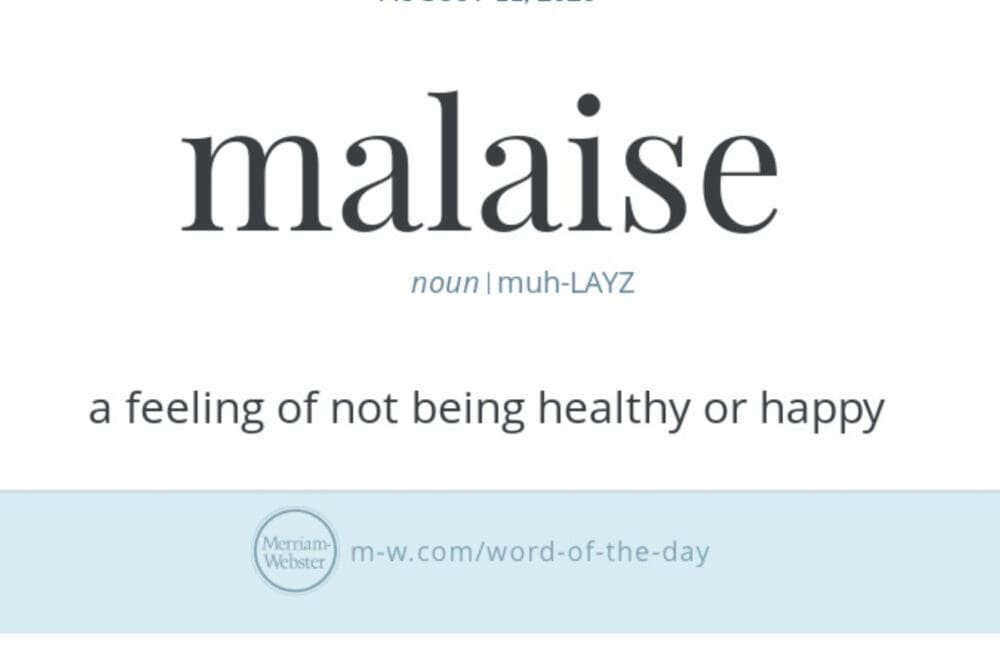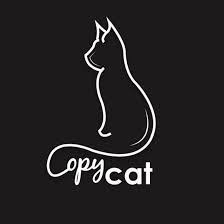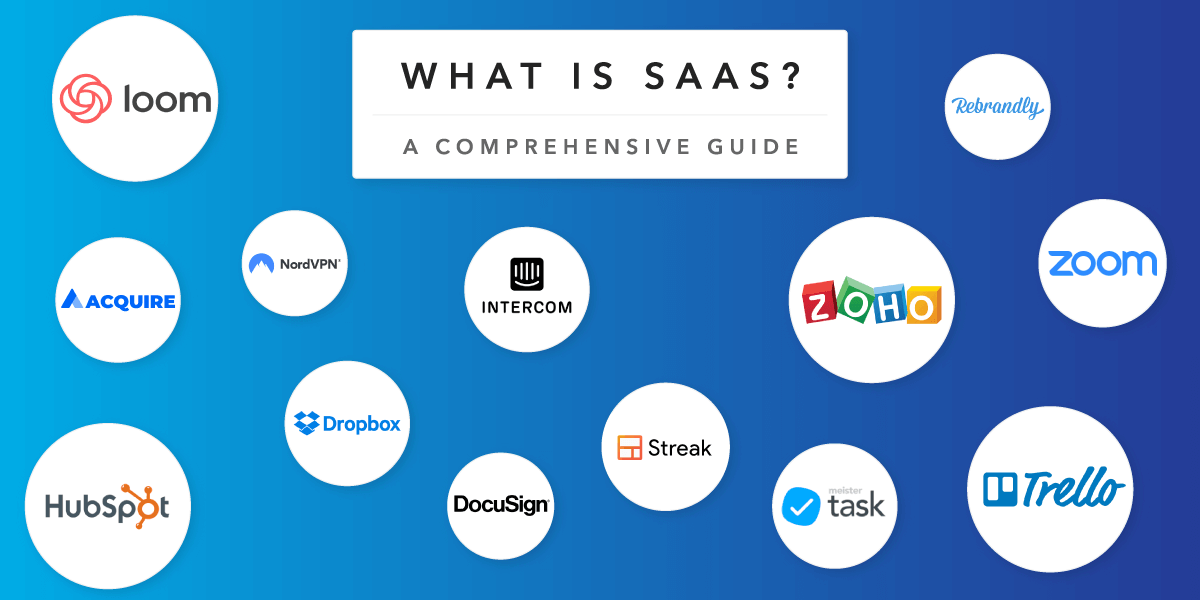How to Sell SaaS in 2023 – All That SaaS

[ad_1]
5 Most Common Reasons Why SaaS Startups Fail
In this blog post, we will explore the top 5 reasons why most Software-as-a-Service SaaS startups fail. We will also discuss how to overcome these challenges and provide 20 useful tips on how to sell SaaS in 2023.
SaaS is gaining popularity among businesses and is growing at a rapid pace, estimated to reach 100 billion USD in 2020. Despite its success, many SaaS startups face failure for various reasons.
A survey revealed that companies are opting for SaaS due to its agility, cost-effectiveness, simplicity, and user accessibility. However, the failure rate among SaaS startups continues to be high, with an estimated 92% facing failure.
Top 5 Reasons Why Most SaaS Startups Fail
1. Management Without Vision
Creating an environment where employees take responsibility and contribute to profitability is vital for SaaS startups. Building a strong management team that focuses on employee engagement and communication is crucial.
2. Lack of Market Research
Startups must conduct thorough market research to understand customer needs and market demands. Targeted marketing strategies can help reach potential customers effectively.
3. Flawed Business Model
Having the right product is essential, but acquiring customers requires effort. Startups must adapt to market changes and customer demands to avoid failure.
4. Cash-Flow Struggles
Cash flow problems can disrupt business operations and hinder growth. Investments in resources and infrastructure are essential for sustained growth.
5. Customer Churn > Growth
High customer churn rates can negatively impact a startup’s growth. Retaining customers and reducing churn is crucial for long-term success.
How to Sell SaaS in 2023? Our Top 20 Tips
Selling SaaS requires patience and strategic planning. Here are 20 tips to help you effectively sell SaaS products in 2023:
1. Build the Right Team
Focusing on building a strong team that understands market needs and effectively executes marketing strategies is key to SaaS success.
2. Product-to-Market Fit
Ensure that your product meets market needs and addresses customer demands for successful deployment. Listen to customer feedback to improve product offerings.
3. Customer Centricity
Put customers at the center of your business and focus on meeting their demands. Nurturing customer relationships is crucial for revenue stability.
4. Adopt the Lean Model
Utilize the lean startup approach for experimentation and rapid iteration. Create minimum viable products to validate customer needs.
5. Start with an MVP
Create a minimum viable product with essential features to provide maximum value to customers. Focus on customer feedback and continuous improvement.
6. Prioritize Inbound Marketing
Engage in ongoing conversations with potential customers through inbound marketing. Align content with customer needs to drive sales.
7. Revenue-Based Funding
Consider revenue-based funding for flexible capital investment. Share profits in exchange for upfront funding to support growth.
8. Smarter Budgeting and Allocation
Allocate resources wisely and prioritize product development before marketing. Focus on delivering promised value to customers.
9. No Compromises on Customer Service
Provide exceptional customer support to retain customers and drive revenue. Prioritize rapid response and incentives to keep customers engaged.
10. First vs. Fast to Market
Consider fast-following strategies rather than aiming to be the first mover. Adapt to customer needs and provide superior customer support to gain a competitive edge.
11. Collaboration is Key
Engage in co-marketing collaborations to leverage customer bases and reduce costs. Collaborate with other brands to reach new audiences and generate content.
12. Encourage Annual Contracts
Promote annual contracts to increase customer retention and revenue. Offer discounts for annual subscriptions to incentivize long-term commitments.
13. Customer Retention Strategy
Implement retention strategies to retain quality talent and support long-term growth. Offer training, attractive compensation, and flexible work options to keep employees engaged.
14. Track Measurable Metrics
Focus on revenue generation and customer retention metrics for business success. Measure key metrics to monitor growth and customer satisfaction.
15. Invest in Lead Generation
Invest in lead generation strategies to attract potential customers and drive sales. Use email marketing, segmented marketing, and guerrilla marketing to reach your target audience.
16. Security is Paramount
Ensure data security for customer trust and loyalty. Keep customer data safe and invest in the latest security upgrades to prevent breaches.
17. Leverage Email Marketing
Use personalized email marketing to engage with customers and drive sales. Use automated emails and drip campaigns to nurture customer relationships.
18. Keep Your Trials Short
Limit free trial periods to encourage customer acquisition. Solicit feedback from trial users to improve product offerings and customer experience.
19. Invest in Digital Advertising
Utilize digital advertising channels to reach a wider audience and drive traffic. Invest in targeted ads and create compelling content to convert leads into customers.
20. Value-Based Product Demos
Create concise product demos focused on customer value and benefits. Keep demos brief and highlight how your product solves customer needs.
Conclusion
Market research, a strong team, product-market fit, customer-centric strategies, and effective sales techniques are key to selling SaaS successfully. Prioritizing customer needs and delivering value will drive revenue and success for SaaS startups. Implementing these tips can help you navigate the challenges of selling SaaS products in 2023.









